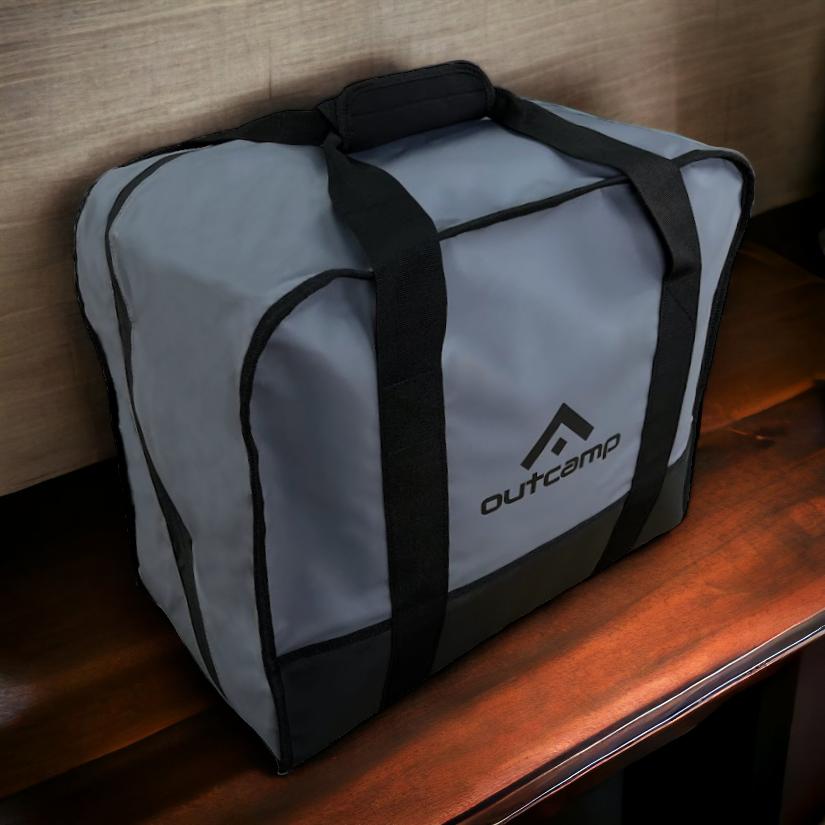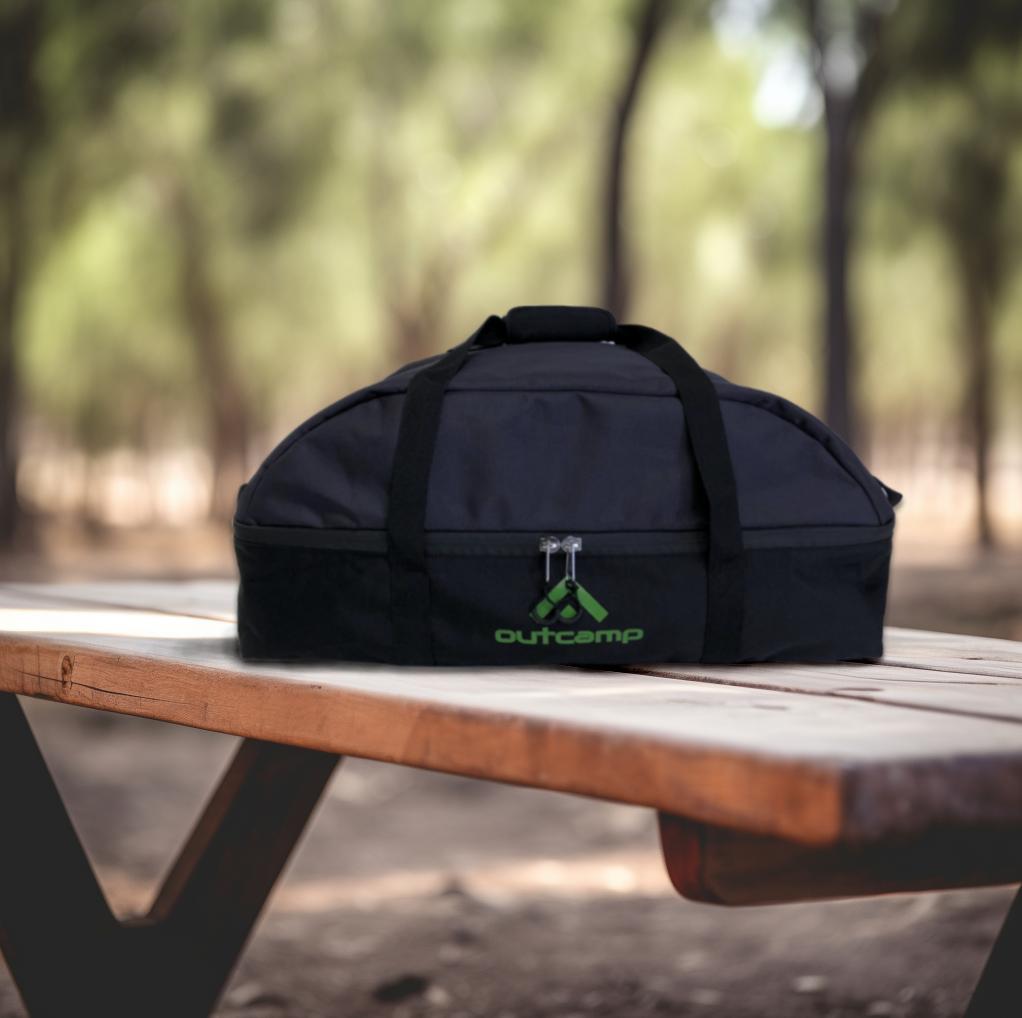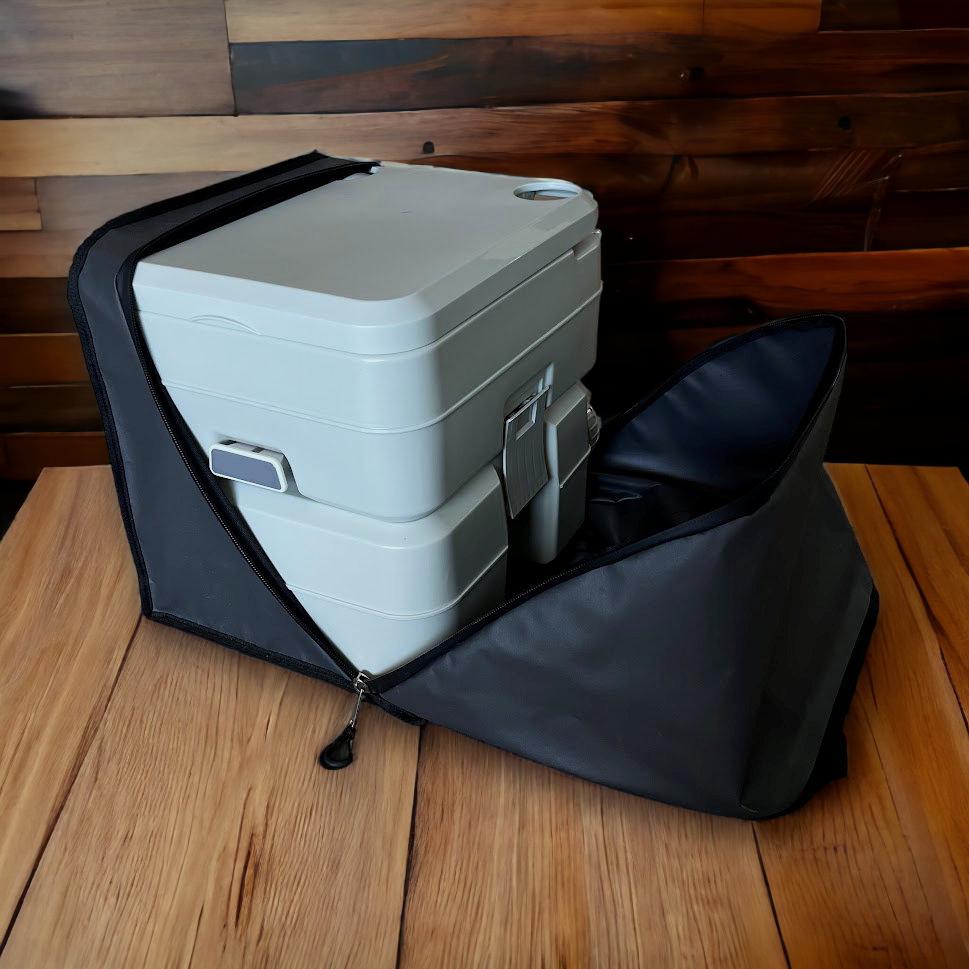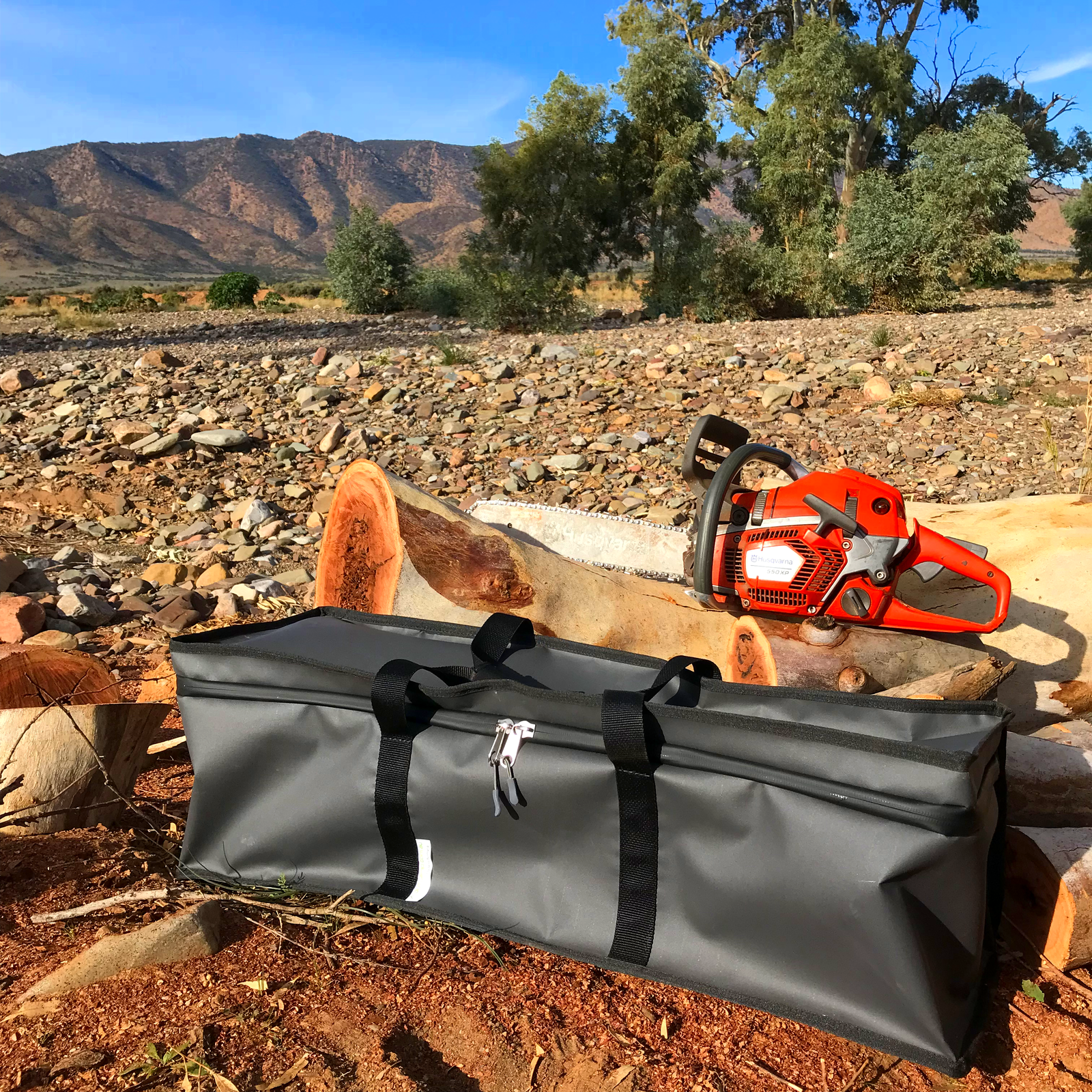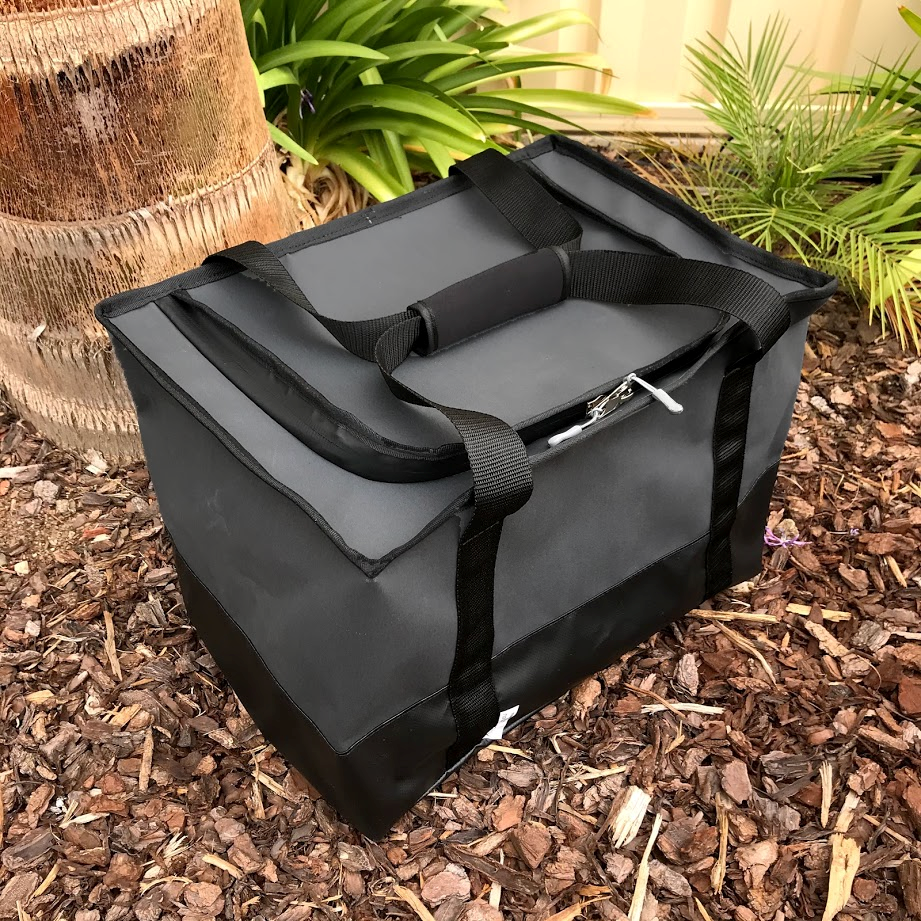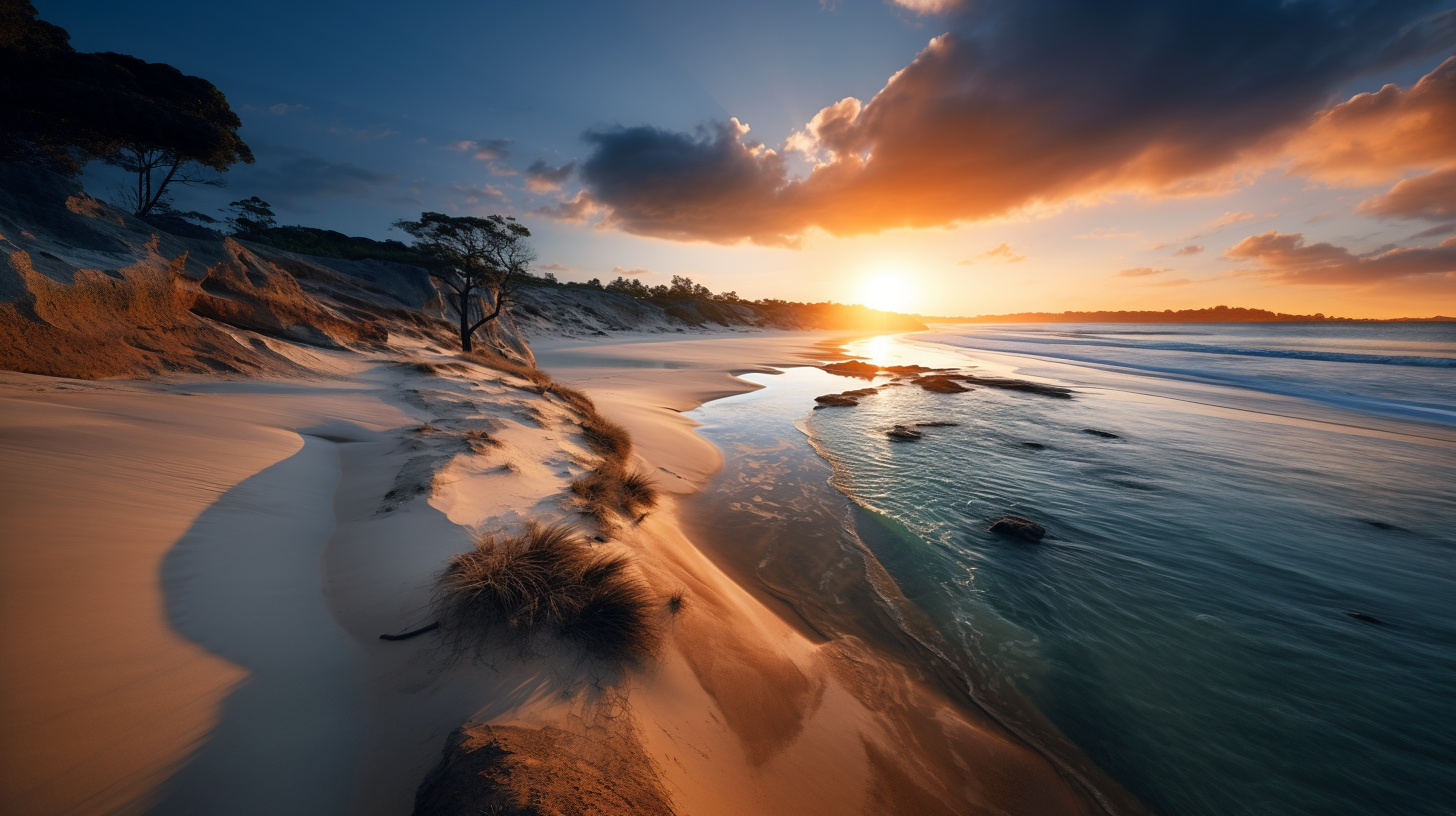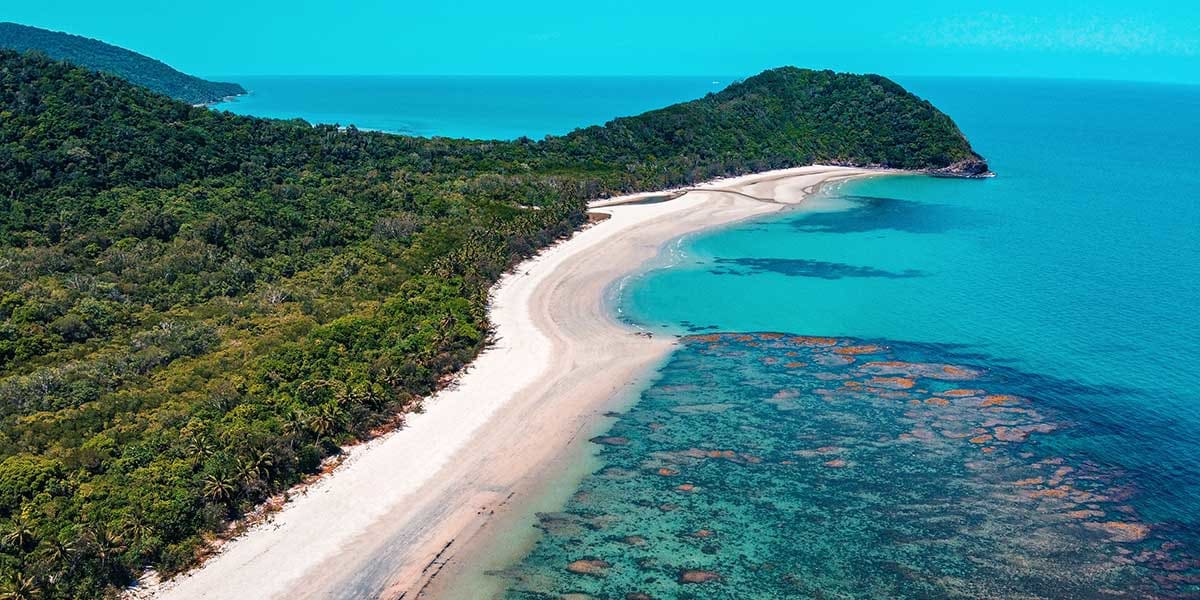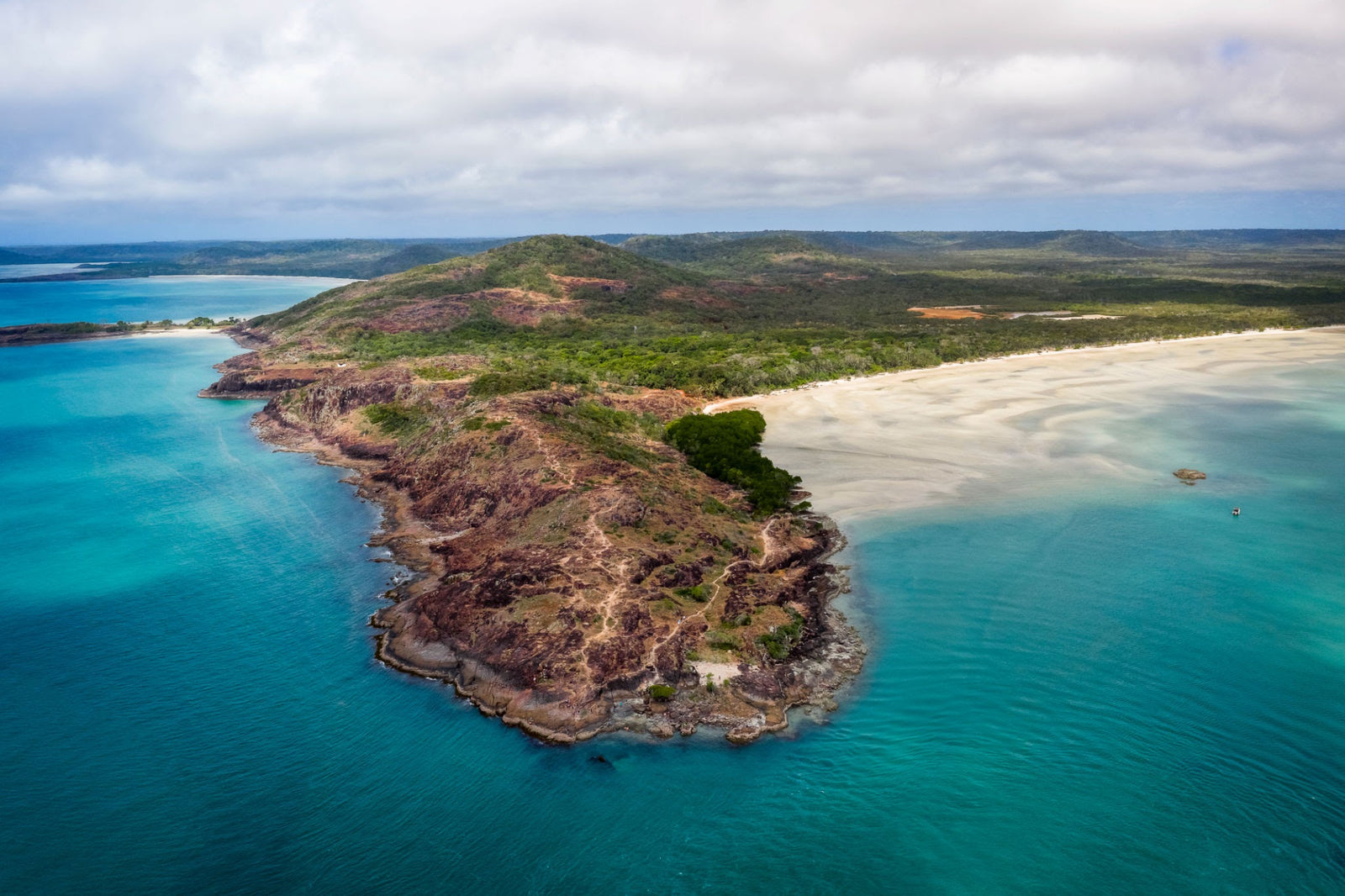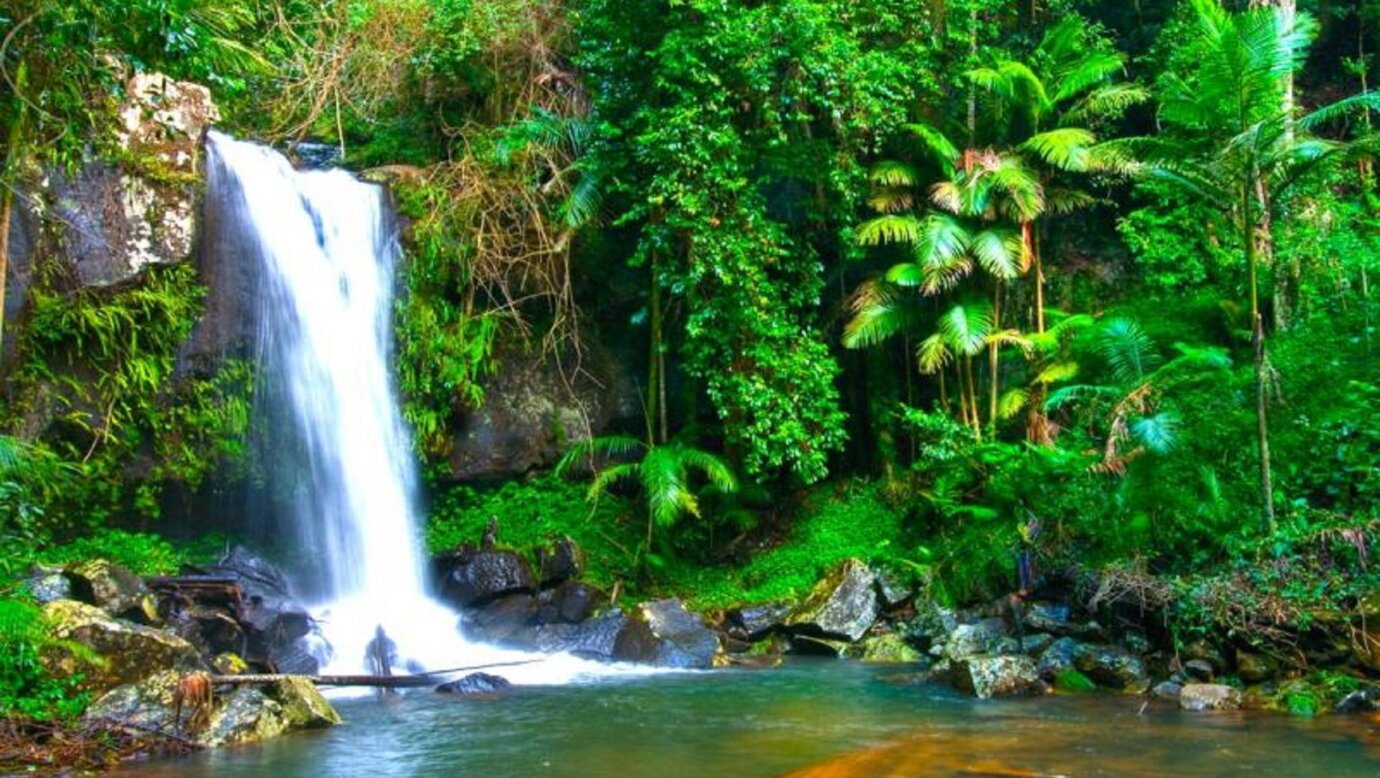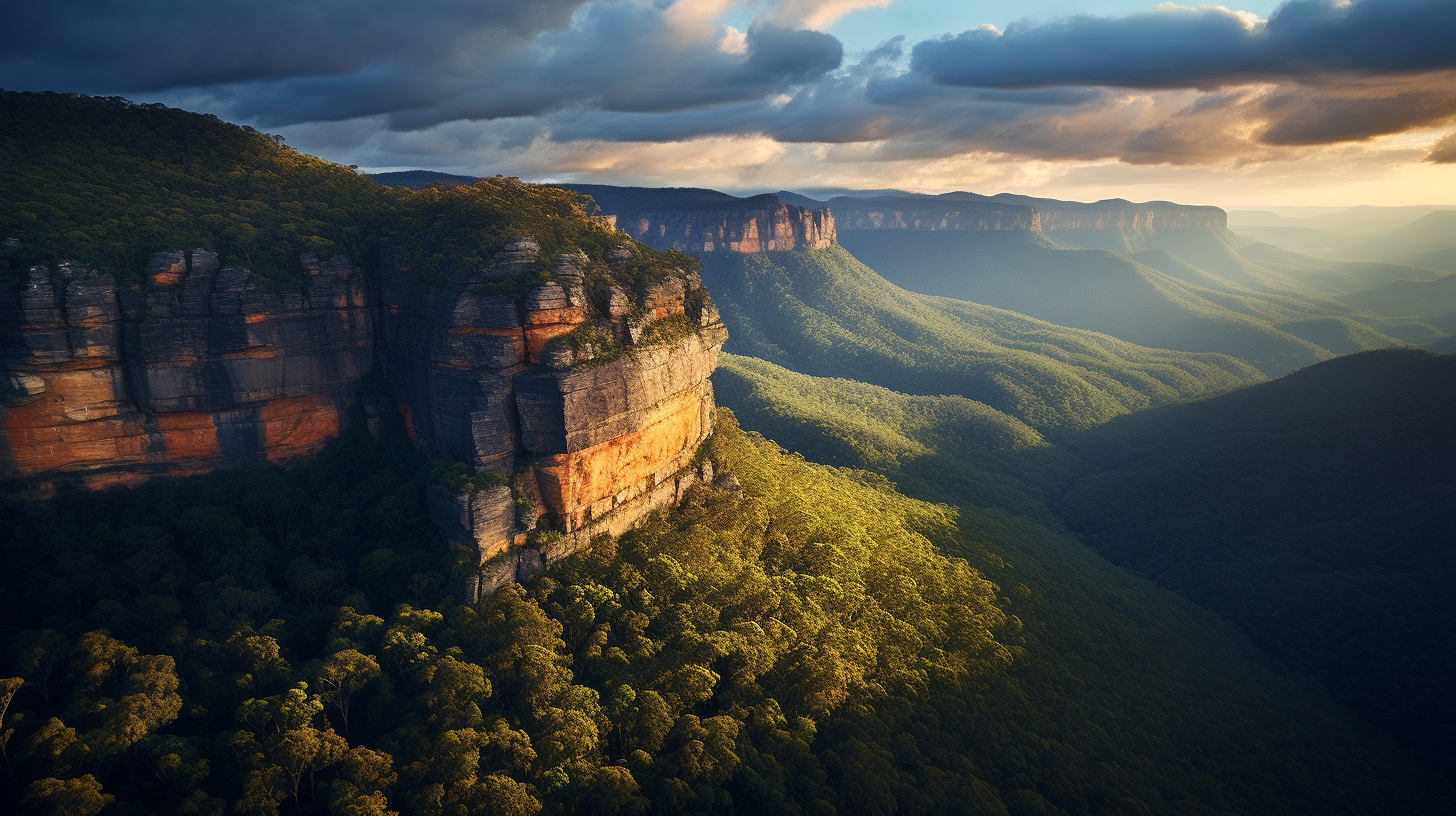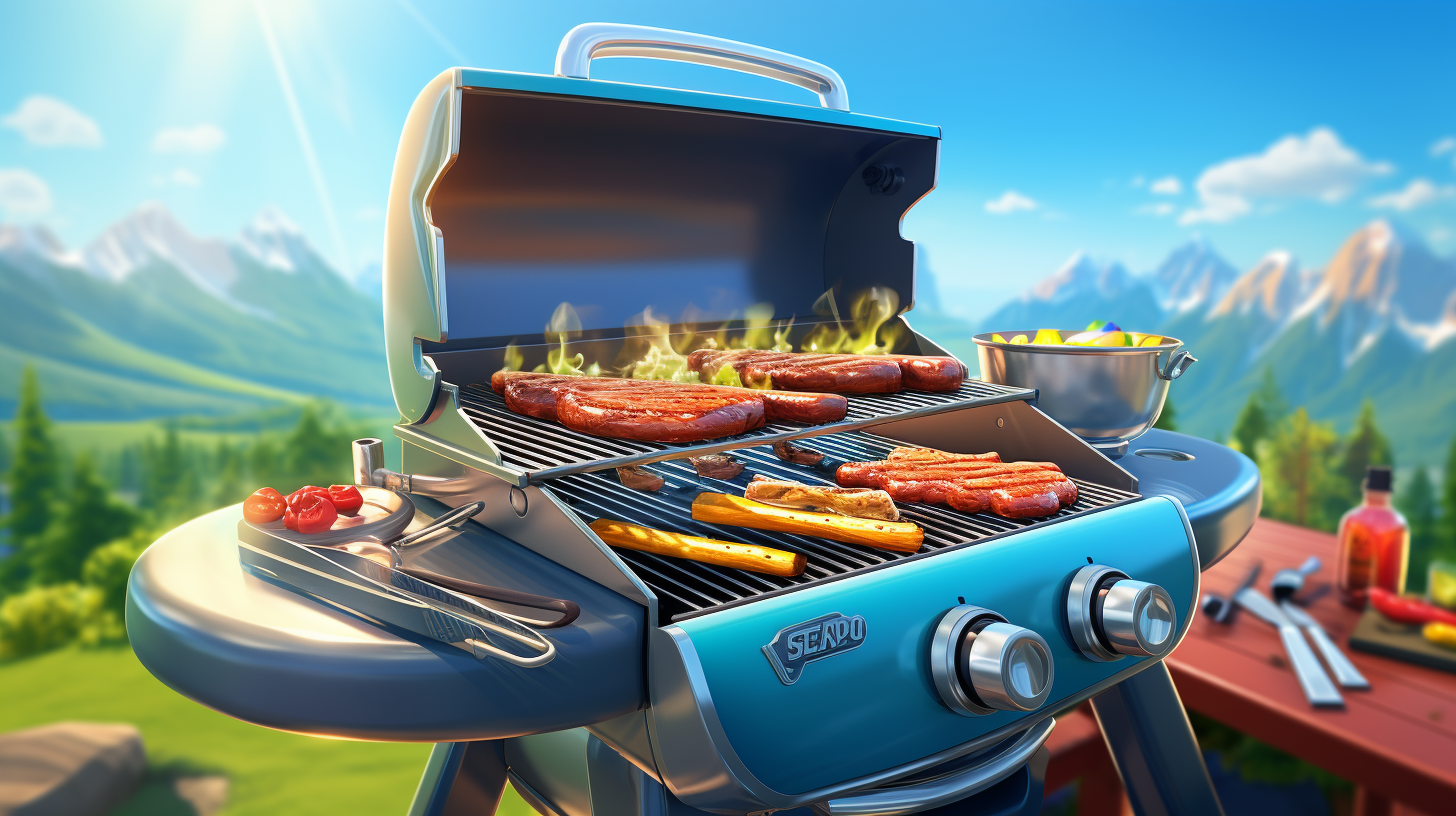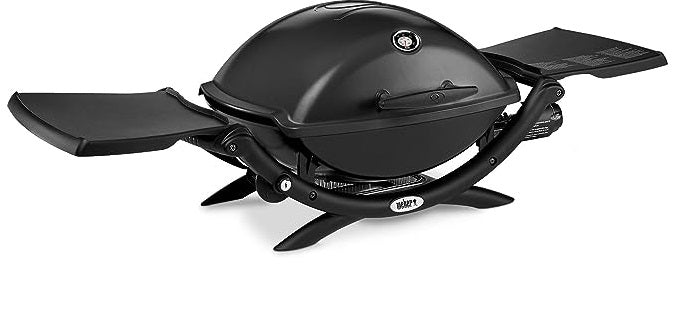The Kimberley is one of the world's last great wilderness areas, sprawling over a vast region in north-western Australia. Covering hundreds of thousands of square kilometres, this region is three times larger than England, boasting a population of less than 40,000. The Kimberley is a treasure trove of ancient landscapes, pristine national parks, spectacular gorges, waterfalls, and Aboriginal rock art sites.
The Kimberley is home to several small towns, including Kununurra and Wyndham in the east and Broome and Derby on the west coast. From Darwin, it's a 900-km drive to Kununurra via road 1. On the western side, a drive to Perth adds at least 2100 km. Buses are available from Perth to Darwin, stopping at Broome, Derby, and Kununurra, although these can involve extensive travel times.
4x4 Tracks
The region's rugged terrain can be explored by two main roads: the sealed Great Northern Highway and the unsealed Gibb River Road. The Gibb River Road, stretching for 660 km, is particularly spectacular as it crosses through the heart of the Kimberley through magnificent wilderness scenery. This route is accessible only by four-wheel drive vehicles and is impassable during the Wet season.
Gibb River Road, Kimberley, Western Australia: This famous track runs through the heart of the Kimberley region in Western Australia, offering stunning views of the rugged outback. Although it has become more accessible over the years, the Gibb River Road remains a challenge due to its varying conditions and remote location. The terrain ranges from rocky outcrops to deep river crossings, making it a genuine 4x4 adventure.
Kalumburu Road: This is a 267-kilometre unsealed road that connects the Gibb River Road to the Aboriginal community of Kalumburu on the coast via the Mitchell Plateau. The road begins from the junction at the Gibb River Road, approximately 416 kilometres from Derby to the southwest and 243 kilometres from Kununurra to the southeast.
This road provides access to some of the most remote and spectacular terrain in the north of the Kimberley region. The scenery along the road is impressive, ranging from the granite tors of the foothills of the King Leopold Ranges to the rugged and convoluted Ranges themselves. This road is rougher than the Gibb River Road, but the landscape changes significantly as you get onto the Plateau and into the Livistonia Palm forest, which offers stunning views.
A visit to the Kalumburu community offers travellers an adventurous 4WD holiday experience off the Gibb River Road. You could also consider taking a tour with Kingfisher Tours or taking the weekly mail plane. There are 3 campgrounds in the area. Activities in the community include fishing, catching oysters on low tide, and sitting down to talk with a local at the community store.
Please note that the road is best suited for four-wheel-drive vehicles and can be quite challenging to navigate due to its unsealed surface. Therefore, it's crucial to check road conditions and weather forecasts before setting off, as conditions can change rapidly. It's also advised to travel in accordance with local regulations and respect the environment and local communities.
Carson River Track, Kimberley, Western Australia: Considered one of Australia's hardest 4WD tracks, the Carson River Track is for adventurous drivers seeking a truly wild experience. This track is less travelled and offers a more remote and challenging experience compared to the more popular Gibb River Road.
Remember, it's essential to prepare properly before setting out on these tracks. This includes ensuring your vehicle is in good condition, packing necessary supplies, and checking current road conditions and weather forecasts. Some tracks may be closed or impassable during certain times of the year, especially during the wet season. Always travel in accordance with local regulations and respect the environment and local communities.
Wildlife
The Kimberley's rich biodiversity is highlighted by its unique array of wildlife. The region's national parks are great places to spot iconic Australian wildlife, including wallabies, kangaroos, and an array of bird species. Parks such as the Windjana Gorge National Park are famous for their population of freshwater crocodiles.
The Kimberley region in Western Australia boasts rich and varied wildlife, spanning from mammals and marsupials to reptiles and a wide array of bird species. One of the most iconic native animals that travellers may encounter is the saltwater crocodile, the world's largest living reptile species, which can grow up to 6 meters long.
The region is also home to a variety of marsupials and mammals, such as possums, wallabies, dingoes, and flying foxes, along with unique nocturnal species like sugar gliders and the endangered bilby and bandicoot. There are also several unique species only found in this area, further enhancing its biodiversity.
In terms of avian life, over 300 species of birds populate the Kimberley region. Visitors often find the colourful parrots and cockatoos particularly striking, with species like Red-winged parrots, Rainbow Lorikeets, Pink Galahs, Northern Rosellas, and Sulphur-crested Cockatoos being quite common.
Despite the abundance of wildlife, it's important for travellers to remember that many animals in the region are shy and may not be immediately visible. Furthermore, issues such as the spread of invasive species, intense wildfires, predation by introduced species, and poor management of increasing tourism pose significant threats to the region's wildlife.
Highlights of the 10 Best Natural Wonders
Gibb River Road: The Gibb River Road, located in the Kimberley region of Western Australia, is a former cattle route that spans approximately 660 kilometres (410 mi) from Derby to the junction of the Great Northern Highway at Kununurra and Wyndham. This expansive trail stretches east to west, serving as an immersive gateway into the breathtaking landscape of the Kimberley region.
This iconic trail is famous for providing travellers with a unique opportunity to experience untouched wilderness, captivating gorges, and refreshing swimming spots. It's considered one of the last true wilderness adventures in a land where the rocks are 350 million years old. A journey through the heart of the Kimberley’s red-dirt wilderness, the Gibb River Road traverses intensely coloured ranges, lush rock pools, waterfalls, and everything else the Kimberley is famous for. However, it's important to note that it's primarily a 4WD dirt track and access to certain areas may require permits.
Windjana Gorge National Park: Windjana Gorge National Park, located in the Kimberley region of Western Australia, is a stunning national park known for its unique and dramatic landscapes. It is situated 146km north-west of Fitzroy Crossing and 144km east of Derby, and it is recommended to access the park using a four-wheel drive due to the rugged terrain. The park is only open during the dry season, usually from April to November, as roads become inaccessible during the wet season.
Carved by the Lennard River, Windjana Gorge (also known as Bandilngan) is over three kilometers long with striking 300-meter high walls. At the base of the gorge, you'll find deep freshwater pools surrounded by native fig, cadjeput, and leichardt trees. This serene setting attracts a variety of wildlife, including noisy corellas, fruit bats, and freshwater crocodiles. Notably, Windjana Gorge National Park is situated in a 50-million-year-old coral reef that has transformed into a mountain range over time, offering visitors a unique experience and a fascinating glimpse into the Earth's past. Amenities such as camping facilities, hot showers, and ample parking make Windjana a great stop for a few days, allowing visitors to fully immerse themselves in the natural beauty of the park.
El Questro Wilderness Park: El Questro Wilderness Park, located in the Kimberley region of Western Australia, encompasses an astounding 700,000 acres of diverse and largely unexplored landscape. This remarkable expanse of land covers an array of stunning natural features, including thermal springs, salt flats, deep gorges, and rainforests, as well as providing a habitat for approximately 6,000 cattle, as it still operates as a cattle station alongside its tourist services.
The park offers a myriad of outdoor activities including hiking, swimming, fishing, and camping, all set within its breathtaking environment. It boasts incredible gorges, tranquil waterfalls and swimming pools, thermal hot springs surrounded by towering palms, and awe-inspiring lookouts over the timeless Kimberley landscape. El Questro Wilderness Park offers a range of accommodation options, from luxurious cliff top villas to glamping, camping, and unpowered campsites, offering something for everyone. Visitors are advised to book in advance, especially during peak season, as the park can get quite busy.
Bungle Bungle Range: The Bungle Bungle Range, located in the eastern Kimberley region of Western Australia, is a group of enormous striped rock formations in Purnululu National Park. This natural spectacle consists of sandstone cones and towers that have been uniquely shaped by water and wind over millions of years. The layers of dolomite within the range, which have eroded into hundreds of dome-shaped, orange and black banded sandstone formations, some of which rise to hundreds of feet high, add to the dramatic beauty of the Bungle Bungle Range.
The Bungle Bungle Range is a popular destination for adventure and exploration. Visitors can explore the hidden gorges and waterholes, view the striking formations on a scenic flight, and even camp under the stars. The southern part of Purnululu National Park, where the range is located, is particularly known for its iconic orange and black striped beehive domes, providing visitors with a remarkable visual experience.
Mitchell Falls: A beautiful four-tiered waterfall, also home to significant Aboriginal rock art.
Lake Argyle: Australia's second-largest artificial lake, teeming with wildlife.
Horizontal Waterfalls: A natural phenomenon caused by massive tidal movements.
Cathedral Gorge: Known for its natural amphitheatre, located in Purnululu National Park.
Tunnel Creek National Park: Features a 750-meter tunnel carved through the Napier Range.
Broome: Known for its Cable Beach, featuring 22 km of pristine white sands and turquoise waters.
Information About the Indigenous People and History
The Kimberley region is steeped in ancient Aboriginal history, culture and spiritual significance. Rock art galleries depicting ancient Aboriginal dreamtime stories can be found across the region, providing insights into the region's indigenous history. Key rock art locations include Doubtful Bay, Mitchell Falls and Vansittart Bay.
The Pastoral History of the Region
The Kimberley region's pastoral history dates back to the early 1880s when the first pastoralists were attracted by the favourable report of the surveyor Alexander Forrest, who lauded the region's permanent water supply and abundant grass. This marked the Kimberley as an excellent location for pastoral pursuits in Western Australia.
One of the earliest notable figures in this journey was Patrick Durack, who undertook a significant overland journey from Queensland, taking two and a half years to reach the Ord River in 1885. Despite losing half the cattle, many horses, and some men along the way, the journey marked the beginnings of the region's pastoral mythology.
Over time, the Kimberley region developed an extensive network of pastoral stations, many of which have made significant contributions to the region's history. Stations such as Wallal Downs, Nita Downs, and Liveringa are among the key stations that shaped the region's pastoral landscape.
This rich pastoral history has not only contributed to Western Australia's agricultural industry but also deeply influenced the development of towns and local communities in the region. Additionally, it has led to the emergence of a thriving tourism industry, with many original pastoral stations being converted into unique outback accommodation experiences, thus allowing visitors to immerse themselves in the region's rich history and culture.
Today, the Kimberley region continues to contribute to Western Australia's agricultural industry with its thriving cattle farming. However, it's not just agriculture that defines the Kimberley. The region has also nurtured a vibrant artistic culture, with several internationally recognised indigenous artists and art centres contributing to its cultural richness.
In summary, the pastoral history of the Kimberley region is marked by perseverance, resilience, and adaptability. From the arduous journeys of early pastoralists to the transformation of pastoral stations into tourism hotspots, this history continues to shape and enrich the region.
Top Tourist Attractions and Accommodation Options
Among the top attractions in the Kimberley is the Gibb River Road, a haven for off-road enthusiasts, and the awe-inspiring Windjana Gorge National Park. For a more luxurious experience, consider El Questro Wilderness Park, a unique holiday destination offering diverse accommodation options, from camping to high-end resorts. Cruises, including Kimberley Cruises and Coral Princess Cruises, offer a different perspective on the region's breathtaking landscapes.
Visitors can also opt for organised tours, such as those offered by Ocean Dream Charters, which provide customized experiences, including visits to rock art galleries in stunning landscapes.
Exploring the Kimberley with a four-wheel drive and off-road caravan will undoubtedly offer an unforgettable journey into one of the world's most incredible wilderness regions.
Broome and the Pearling Industry.
Broome, a town located in Western Australia's Kimberley region, has a deeply entwined history with the pearling industry, a legacy that continues to this day.
The story of Broome began when pearl oyster beds were discovered offshore in 1861, leading to the settlement of the site. Officially founded as a town in 1883, it was named after Frederick Napier Broome, who served as the governor of Western Australia from 1883 to 1891.
Broome quickly established itself as a prosperous centre for the pearling trade. By 1910, it had grown to become the largest pearling centre in the world, bolstered by more than 100 pearling boats operating in the area and employing over 1,000 workers. The pearling industry in Broome brought about a multicultural blend of people from various backgrounds, including Japanese workers and local Aboriginal communities, all of whom contributed to the unique culture and rich diversity of Broome.
Despite the decline of the pearling trade in the mid-20th century, the town has retained its links with this once-thriving industry. Visitors to Broome can explore this history through various local attractions and tours. The Pearl Luggers Tour is one such activity, offering insights into Broome's pearling history through archival footage and exhibits of rare diving artifacts.
Moreover, the town's pearling legacy lives on as it continues to produce some of the world's finest pearls. Visitors can experience this heritage by touring pearl farms and exploring the exquisite pearl and diamond jewellery showrooms in the area's Chinatown.
In conclusion, Broome's history is deeply linked to the evolution of the pearling industry, from its days as the world's largest pearling centre to its modern status as a producer of premium pearls. This history has shaped the town's multicultural society and continues to draw tourists interested in understanding the region's rich past.



